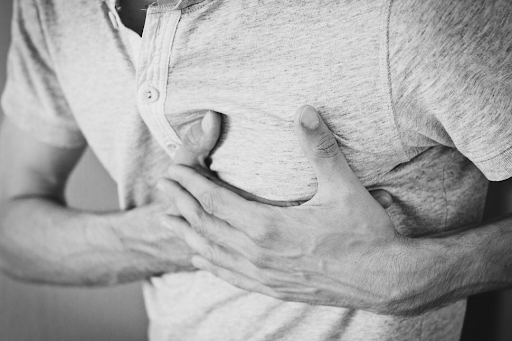High cholesterol is a chronic disease, developing slowly over many years. But its most devastating consequences—heart attack and stroke—are acute, sudden events. The critical turning point that transforms this long-term condition into an immediate crisis is a phenomenon known as plaque rupture.
For years or decades, plaque builds up inside the artery walls. Some of these plaques develop a thin, fragile fibrous cap over a soft, lipid-rich core. These are known as unstable or vulnerable plaques. They are like ticking time bombs lodged within your circulatory system, and you have no way of feeling their presence.
A plaque rupture occurs when this thin cap tears open, exposing the fatty core to the bloodstream. The body’s clotting system perceives this as an injury and immediately rushes to the site to form a blood clot (a thrombus) to “heal” the tear. This is the body’s natural defense mechanism, but in the context of a narrowed artery, it’s catastrophic.
This newly formed blood clot can rapidly grow large enough to completely obstruct the artery, abruptly cutting off all blood flow to the tissue downstream. If this happens in a coronary artery, it causes a heart attack as the heart muscle is deprived of oxygen. In a brain artery, it causes an ischemic stroke, leading to the death of brain cells.
This is why managing cholesterol is so critical. Lowering LDL cholesterol and using medications like statins can help to stabilize these plaques. This thickens their fibrous caps, making them less prone to rupture. The goal of treatment is not just to slow the growth of plaque, but to prevent the sudden, life-threatening event of a rupture.

